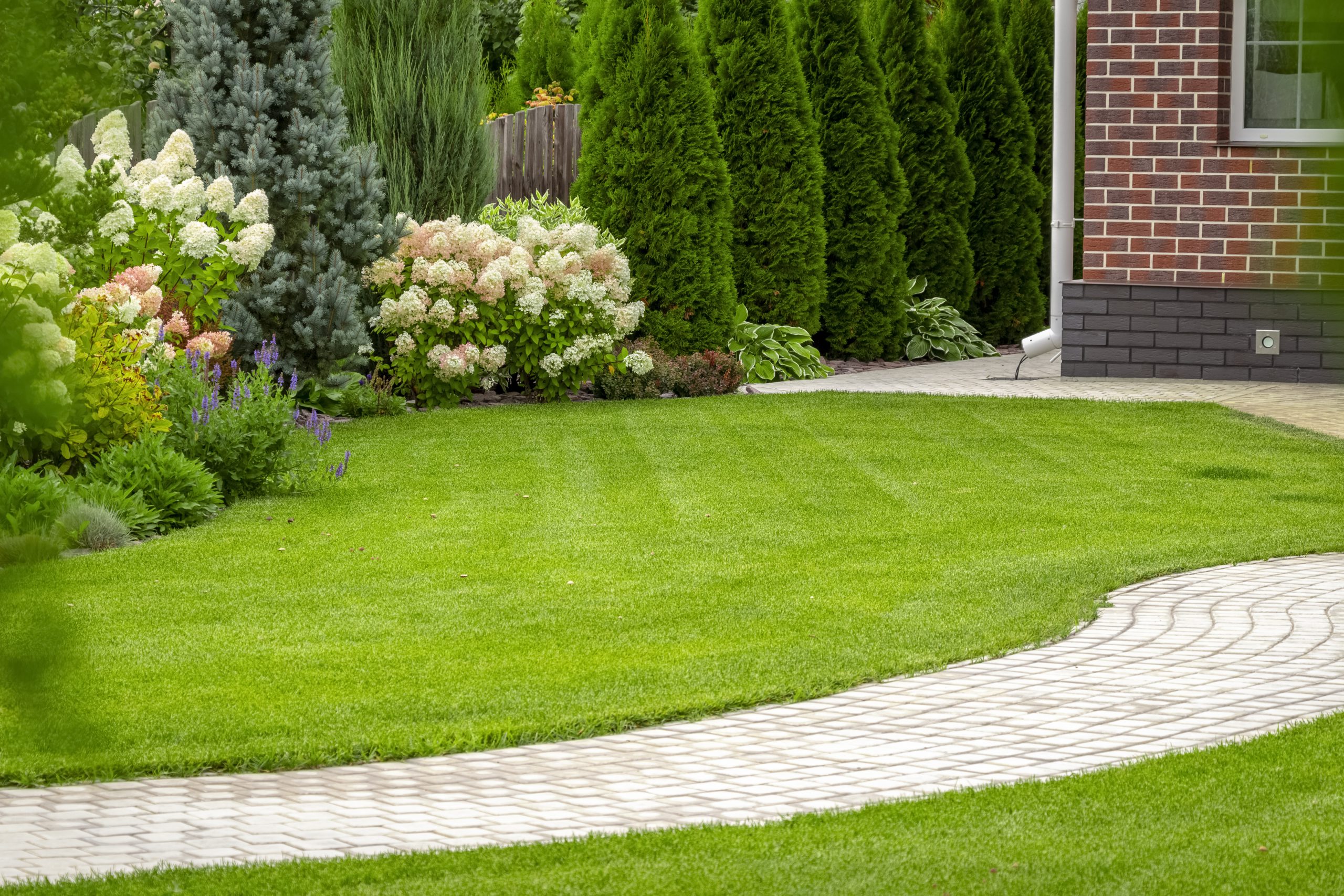
It’s a task many homeowners find one of the most daunting when preparing their property for sale: fixing a broken or cracked garden path or driveway.
While a path may not turn a buyer off your home completely, it’s one of those annoying flaws that are subliminally underwhelming.
When young families are searching for a property, they are looking for safe spaces for their kids.
Well-maintained gardens create a favorable impression and lift the potential asking price; so it’s worth making a small investment to get it in great shape.
If you have a concrete path that’s cracked, it’s probably easiest to break it up with a pneumatic drill and start again. It’s a messy job and will require you to dispose of the broken concrete, so maybe you should hire a handyperson or builder.
If you like the idea of laying new pavers yourself to give your garden a lift, you’d be amazed at the simplicity of this job. There are a hundred videos on YouTube to guide you. And below, I’ve laid out the few steps to do a beautiful job.
Even if you’re not a DIY type, or you have more trust in a landscaper’s skills, it’s worth considering the small investment it takes to fix your path.
Clean area
Just like painting, preparation makes all the difference when laying pavers. You must pull out all the weeds and clear debris from the area you’re going to pave.
Level up
Run a garden rake over the soil so it’s level. Use a screed if you choose to lay sand as a base. Mark out the area you intend to pave using a can of spray paint.
Mix it up
It’s time to mix the concrete, preferably in a wheelbarrow. Pour water until the mixture is stiff but malleable. If it gets sloppy, thicken it with more mix. If you’re not using pre-mixed concrete, your mixture should be four parts sand to one part concrete.
Lay it down
Using a trowel, lay a bed of mortar for the first line of pavers. For extra adhesion, push special wire mesh into the wet concrete before the pavers go down. The mesh binds and strengthens it against temperature extremes.
Paver time
Place the pavers on top. Use a rubber mallet to tap the pavers so they’re flush and level. For most styles, they should be no more than a couple of inches apart.
Get grouting
Insert grout between the pavers with your trowel at a 45-degree angle. Wipe away the residue with a damp sponge.
Grouting alternative
You can sweep an undiluted sand/concrete mix between the pavers and water it in. It’s a faster method but if you take this route, use a soft spray (like a hand-pump spray) to avoid spreading the mix over your pavers. You don’t want a concrete veneer over the top.
